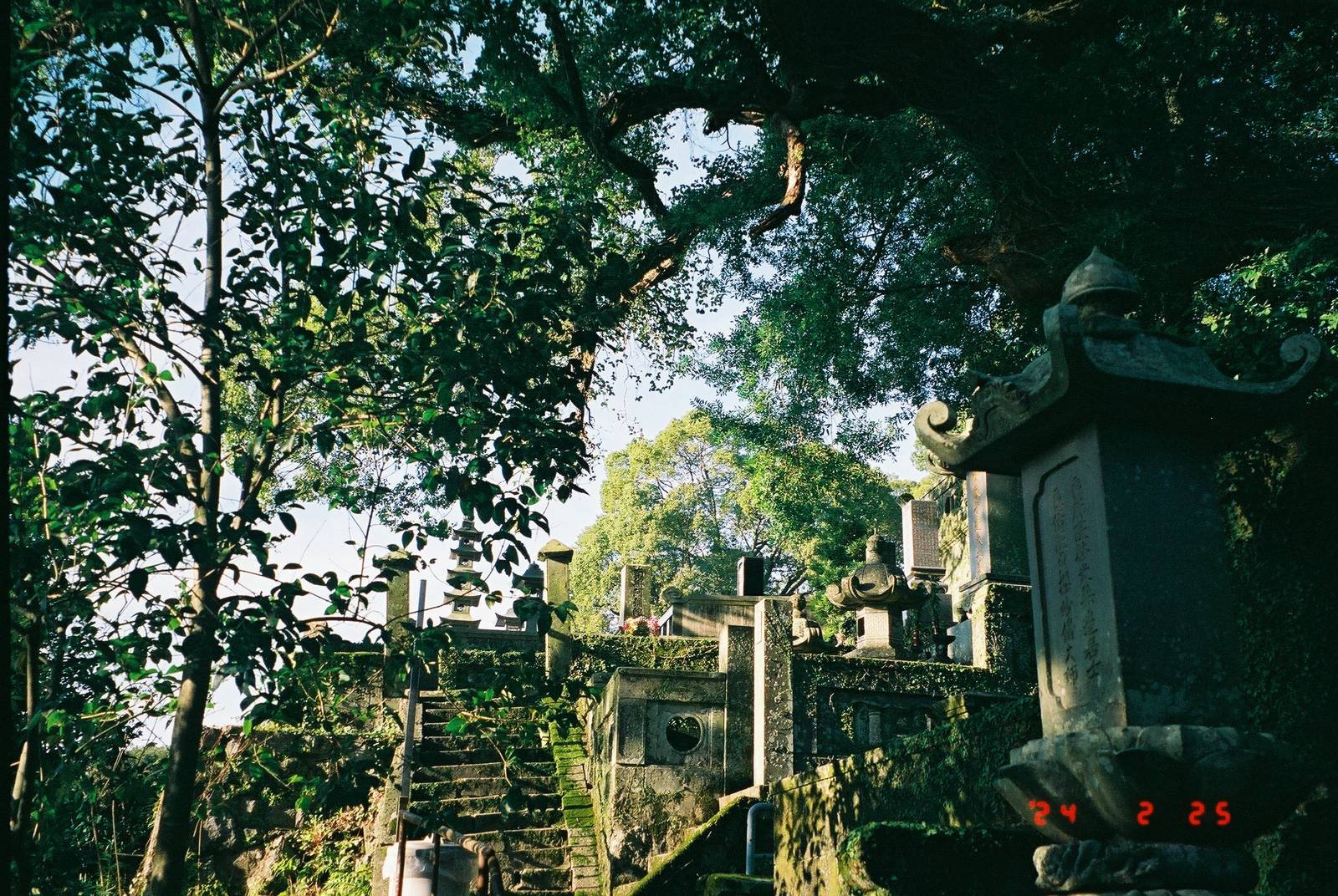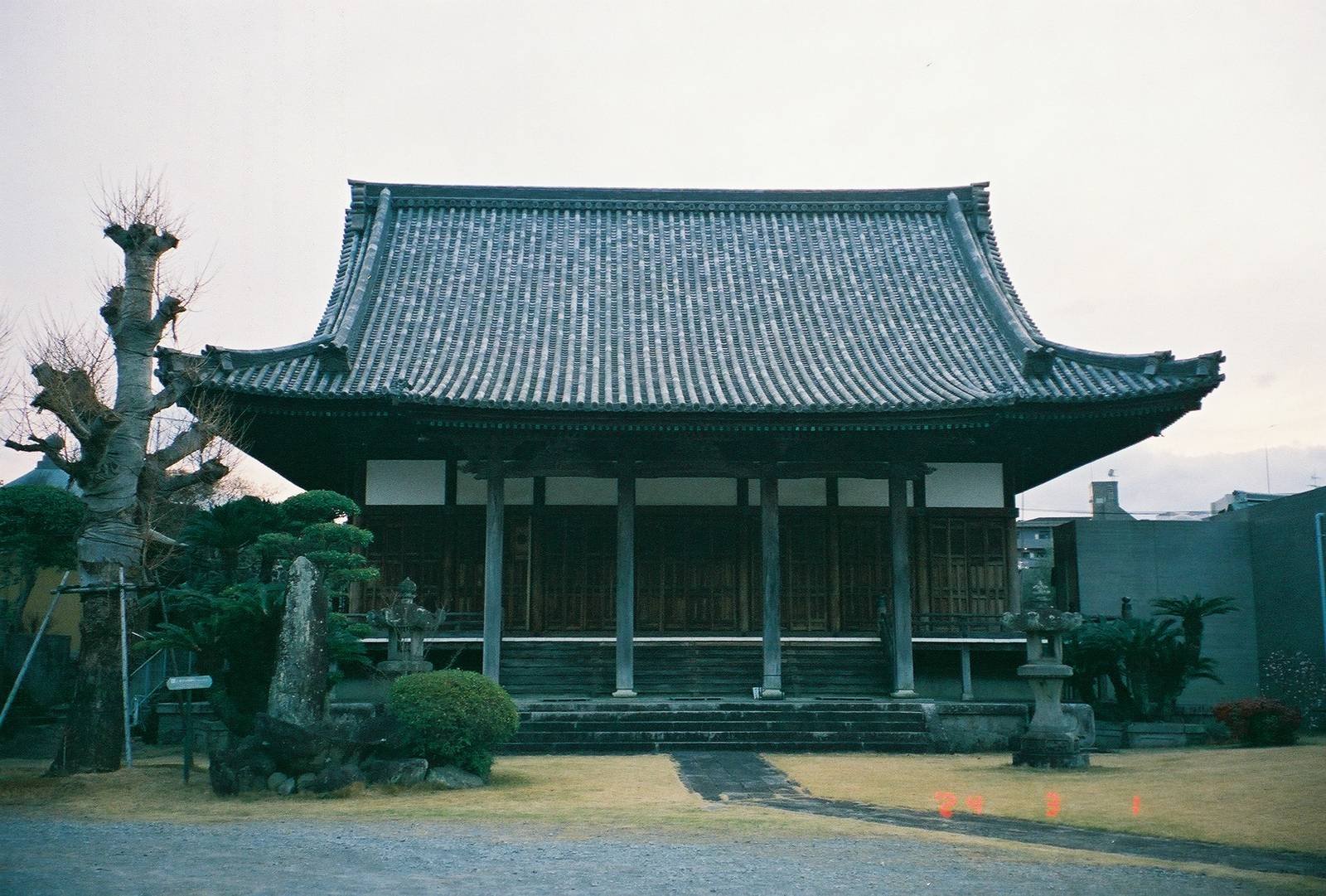Nagasaki’s Historic Downtown Shianbashi, Private Tour
Discover the Japan from 400 years ago in Shianbashi, one of Japan’s most famous red light districts. We will visit temples, shrines, and cemetaries, as well as walk the streets where legendary samurai and geisha used to spend their evenings.







Highlights
Three hour walking tour through Nagasaki’s historic downtown
Explore the many hills, streets and alleyways, appearing to be frozen in time
Visit hidden Shinto Shrines, Buddhist Temples, and a Japanese Cemetary
Relax in the gardens of an authentic tea house
Imagine Edo period life while walking through Nagasaki’s Geisha district
Description
Immerse yourself in Japanese culture and history on this 3 hour walking tour through Nagasaki’s winding streets. An English-speaking guide will share information on the religious, cultural, and culinary aspects of Nagasaki’s historic downtown district, and show you the Nagasaki that you won't find in a guidebook. Following the tour, your guide will answer any questions you may have about the neighborhood, and assist you with dining recommendations for the duration of your stay.
Itinerary: Tour Course
-
Built in 1629, Sofukuji temple boasts a long history as a place for Chinese residents belonging to the Obaku school of zen buddhism. The temple is very large and is home to many ornamental buildings and displays.
-
With over 400 years of history, Shokaku-ji is the oldest and the first buddhist temple in Nagasaki City. The temple was founded in 1604 by the Samurai Michitomo Arima after becoming a buddhist monk as part of the Jōdo Shinshū branch (浄土真宗 - True Pure Land). At the time, Christianity was the majority religion in Nagasaki, so the temple was frequently attacked with stones, arson, and poison, until the Tokugawa Shogunate outlawed Christianity in 1614. The temple is still owned by the descendants of the Samurai Michitomo Arima.
-
When Buddhism arrived to Japan during the 6th century, it brought with it the practice of cremation. Now in modern day japan, cremation is the most popular practice. The ashes and bones are placed in urns, which are stored in small crypts below family graves. It is customary for Japanese people to visit these graves to show appreciation for their ancestors, and pray that they are resting in peace.
There are special holidays for visiting these family graves during the spring and autumn solstices called “Ohigan” and another holiday on august 15th called Obon
-
Nakano Chaya is one of the city's many historical sites. During the 18th and 19th centuries, this tea house was for tea ceremonies where Matcha was served to their guests. In 1976, the building partially burned down, but was rebuilt to match its previous construction
The tea house faces a beautiful, traditional japanese garden that has continued to be meticulously maintained. Inside, you will find hundreds of paintings by artist Kon Shimizu, whose subject is typically a mythical river monster called a “Kappa.”
-
Legend states that one night in 1693, Yasuda Ji-emon was stabbed in the plum tree garden surrounding the deity, Michizane Sugawara’s, grave. However, he had realized that he had no wound, and the statue of Michizane Sugawara was bleeding in his place.
This experience led Yasuda to establish the shrine in 1700, as a way to protect the local Geishas from harm. The grounds are home to the Komainu, which acts as a substitute (migawari) for any problems you may run into. Many people feed the statue candy, as it may become their substitute for bad teeth.
-
Ryotei are traditional high-end Japanese restaurants, and Aoyagi is one of Nagasaki’s best. Located in Maruyama, one of the Edo period’s most popular Hanamachi (or “red light district”), dining here feels as though you’ve traveled back hundreds of years to try their delicious traditional food.
-
Geisha are a class of female entertainers trained in traditional japanese performing arts such as dance, music, and singing, as well as being skilled conversationalists and hosts. They were often hired to entertain at private parties known as Ozashiki, typically for wealthy clients. Kenban acted as “registry offices” for managing the geishas and other entertainers in the neighborhood. At one point there were as many as 1443 Geisha in Maruyama, so you can imagine the Kenban was quite busy.
-
Kagetsu was founded in Maruyama in 1642, and is the most famous Ryotei in Nagasaki. Kagetsu is preserved as a historic site, and is home to one of the most beautiful japanese gardens in Nagasaki. The restaurant also houses a small gallery, containing many paintings and calligraphies done by legendary artists such as Ryoma Sakamoto and Aritomo Yamagata. Kagetsu is known for its Shippoku Cuisine, which is a centuries old fusion of Japanese, Chinese, and Dutch culinary customs. During the Edo Period, Nagasaki was the only city that would allow foreigners to visit, so this is the only place on earth that this cuisine could have been born.
Details
| Price | Starts at $80 per person |
| Tour Departure | 9:00a.m. and 2:00 p.m. |
| Duration | Approximately 3 hours |
| Langauges Offered | English |
| Includes | Private tour guide, public transportation, admissions |
| Excludes | Unspecified food and drink |
| Meeting Location | Flexible, we can meet you at your accomodation in Nagasaki City |
| Special Notes | If private transportation is required please see Chartered Vehicle page |
| Cancelation Policy | 100% if canceled at least 3 days before the scheduled tour |
| Rain Policy | This tour runs rain or shine |

